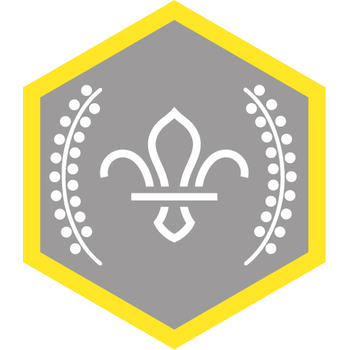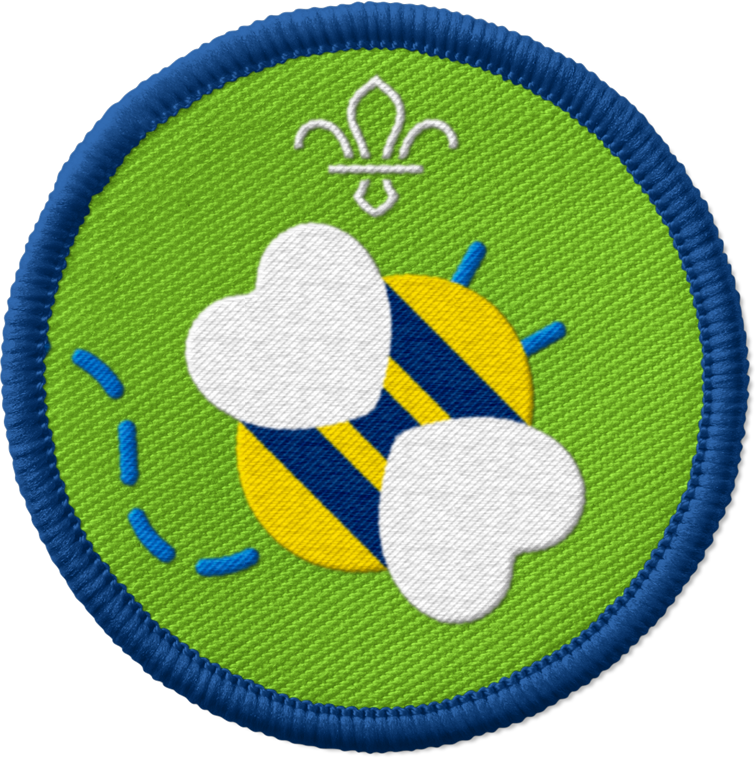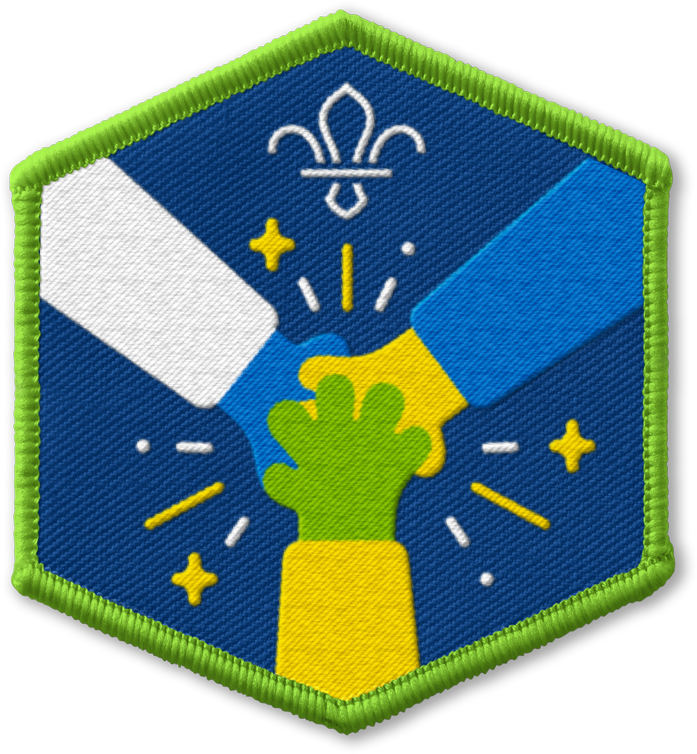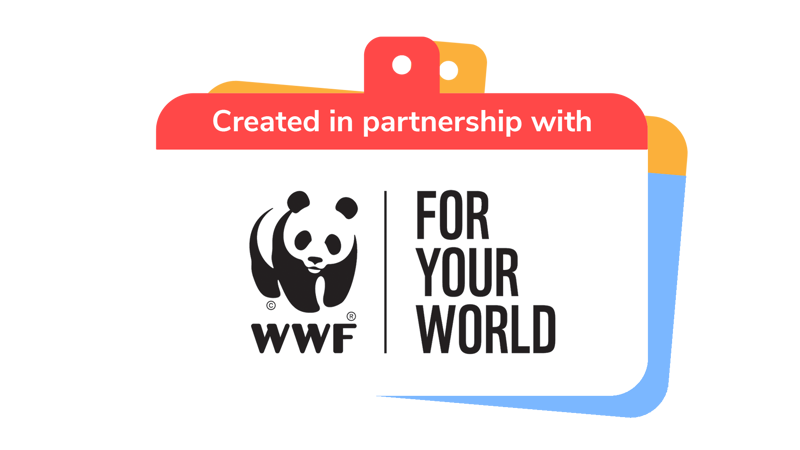
Habitat hunt
You’ll need
- Chalk
- Sticky tape
- Everyone should choose to be an animal they’d find regularly in their local community.
Make sure a good variety of animals are chosen. Squirrel, fox, badger, pigeon, hedgehog and rabbits work well.
- The person leading the activity explains what a habitat is and marks out the habitat areas around the room.
Habitats are safe homes for animals. Many animals in the UK like wild places with trees and bushes where they can get food and shelter and food.
- Everyone moves around the space in a way that they think their animal moves and whilst making the noise of their animal. When the person leading the activity shouts ‘habitat!’, everyone has to run and find a habitat area. However, only a certain number of players are allowed in each habitat area. This could be a maximum of two or three people per habitat, depending on the group’s size. This illustrates that there is a limited amount of space and only so many resources available in one place.
- As the game progresses, the person leading the game should take away some of the habitat areas, such as you would if you were playing musical chairs. Explain that this represents how habitats in this country are being lost because trees and wild places are being cut down and destroyed to make new buildings in their place.
- If any animal can’t fit into a habitat, they’re out. The person who is out could pick a reason from a hat and read it out to the group (with support if they need it). Fill the hat with the reasons below, showing what animals could tell us might be happening to their homes. The game’s over when there’s only one habitat left, filled with the number of animals allowed in that area.
- More wheat crops are planted – replacing the animal's food. Intensive farming leads to the loss of flower meadows, hedgerows and trees.
- Habitats are bulldozed to make space for new homes to house the growing human population.
- The human population keeps growing – meadows are covered in concrete for cities, factories and roads.
- Soil health keeps getting worse, so there is less food to forage for.
- Pesticides kill bees, and therefore fewer plants are pollinated. As well as reducing habitat, this means that there is less food for the birds, which has a knock-on effect further up the food chain.
- Two-thirds of crop production comes from just nine species, while 6,000 other plant species are in decline and wild food sources become even harder to find.
- Pesticides run off into ponds and rivers, making them inhabitable. Even slug pellets have a harmful effect on wildlife.
- Agriculture removes water from rivers, draining them dry.

This activity helps contribute towards some of the UN's Sustainable Development Goals. Find out more about the SDGs, and how Scouts across the world are getting involved.
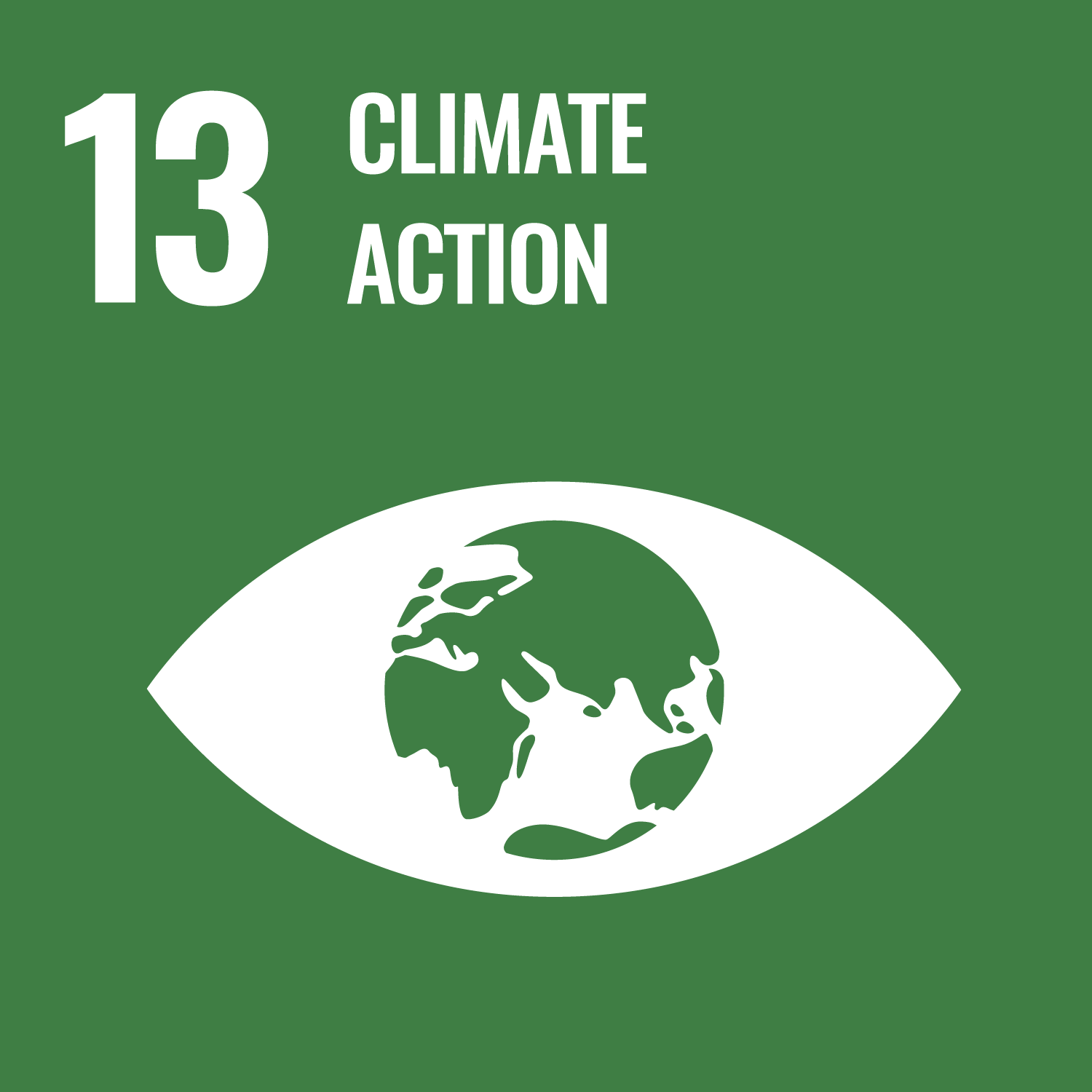
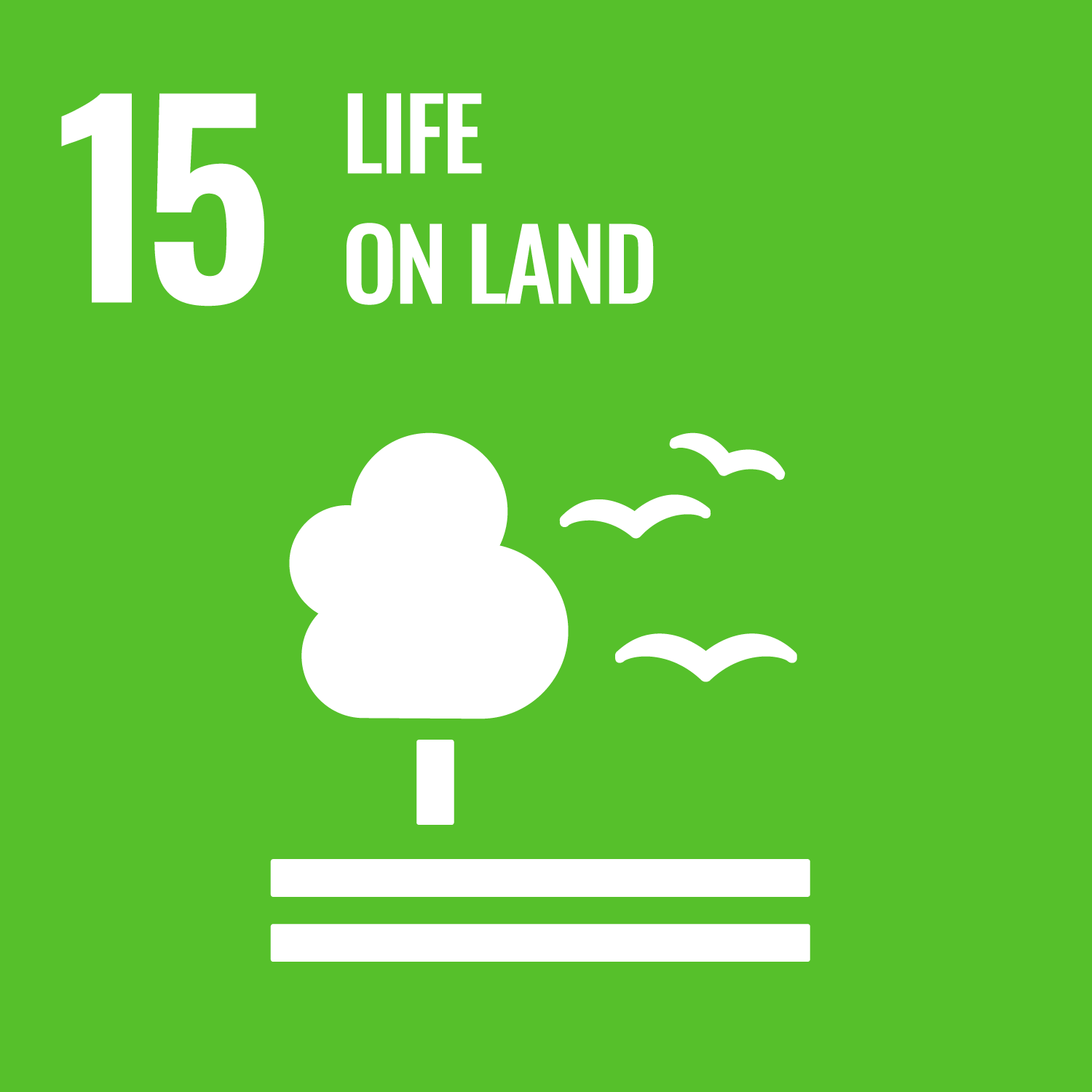
Safety
- Active games
The game area should be free of hazards. Explain the rules of the game clearly and have a clear way to communicate that the game must stop when needed. Take a look at our guidance on running active games safely.
Guidance
Reflection
This game helped us to value nature and learn about how important habitats are to wildlife. How do you think we could restore habitats and create more biodiversity (a huge variety of wildlife, trees and plants)? Some ideas might be to let an area of their garden at home or at school go wild, make a bird box, or to avoid eating food with palm oil in it, which causes lots of animals to lose their habitat due to the cutting down of trees.
Congratulate everyone for being responsible citizens, and explain that successful conservation relies on making changes on a local and global level. What can the young people do straight away to make a difference? How can they spread the word in their communities? Could they talk to their local MP and ask them to petition government to make policy changes?
The habitat areas selected could be specific habitats that are only appropriate to the chosen animals – hedgerows, fields, woods, gardens, ponds, etc. This is harder as the animals can only return to the habitats that suit them.
Make it accessible
All Scout activities should be inclusive and accessible.

